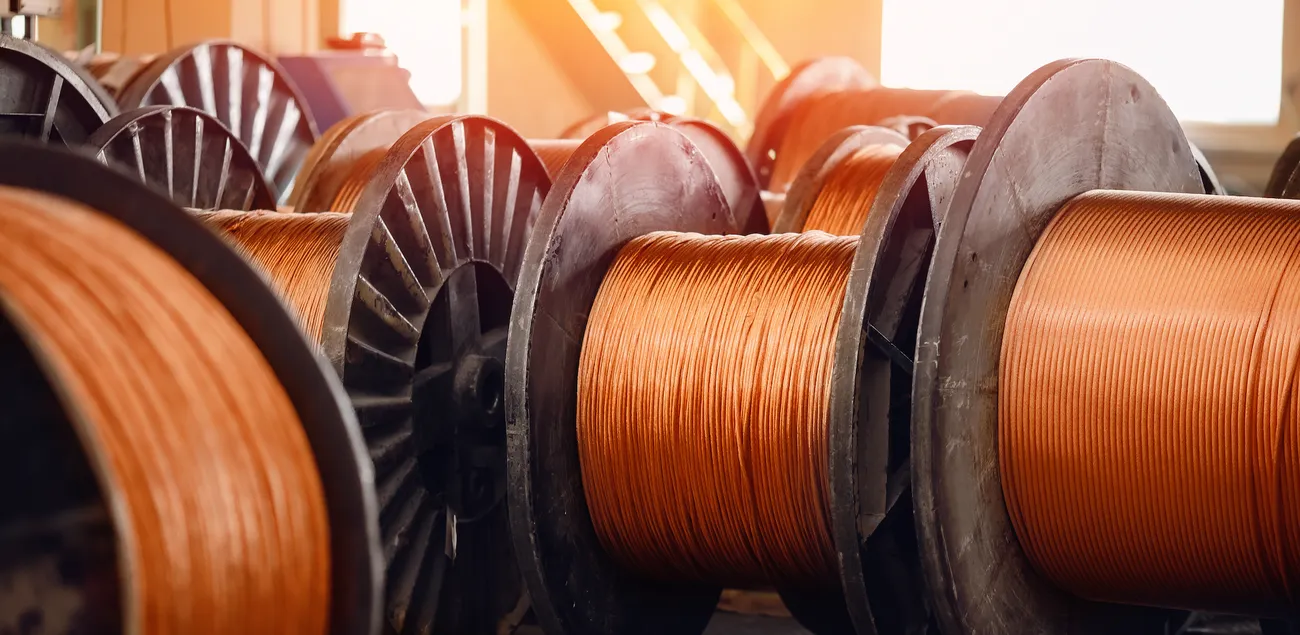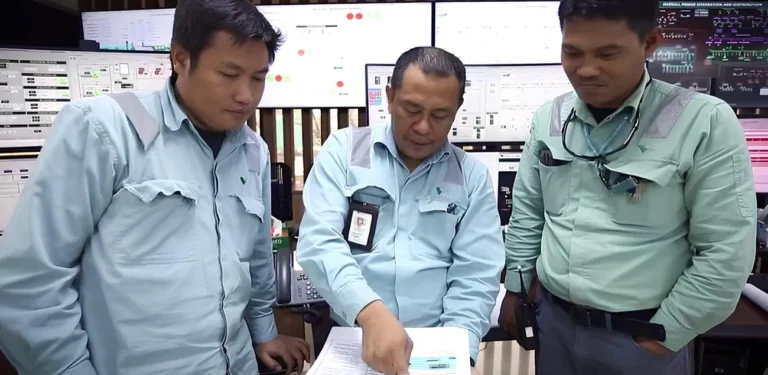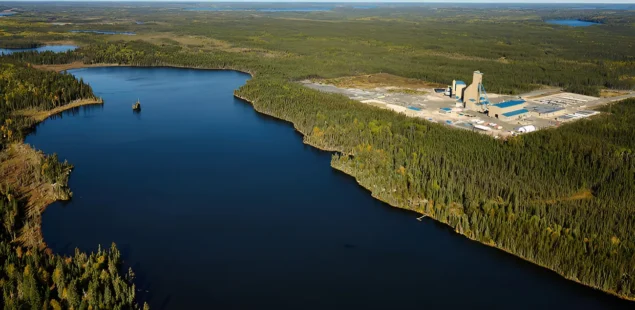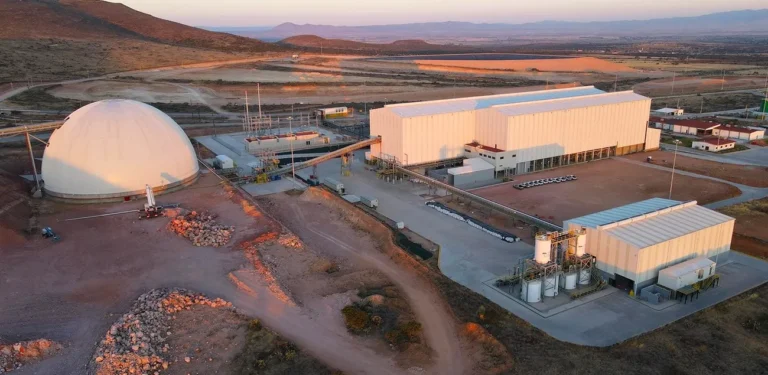
Copper demand is running hotter than forecasters expected, according to Benchmark Mineral Intelligence and cable maker Prysmian, as a worldwide push to upgrade power grids and build data centres gathers speed. Supply isn’t keeping pace. That mix could keep prices elevated after trading near $9,700 per tonne in late July. The International Energy Agency now expects grid investment to surpass $400 billion in 2025, up from a record $390 billion in 2024—another sign that electrification is reshaping metals demand.
Power networks, AI and EVs shift demand from cyclical to structural
Grid spending has become copper’s new centre of gravity. “Copper is often a massively underestimated part of grid infrastructure. People recognise the need to expand the grid, but often misjudge the sheer volume of copper this will require,” said Michael Finch, head of strategic initiatives at Benchmark Mineral Intelligence, pointing to the U.S., the UK and China. BMI projects copper use for upgrading power generation and transmission to reach 14.87 million tonnes by 2030, from 12.52 million tonnes this year. CRU estimates data-centre copper demand will rise to ~260,000 tonnes in 2025 and surpass 650,000 tonnes by 2030 as AI-ready facilities proliferate. Bank of America expects total global copper demand to climb 10% to ~30.32 million tonnes by 2030, implying a 1.84 million-tonne shortfall that will need new supply or substitution to close.
“Artificial Intelligence and machine learning data centres need bigger, better, faster computing,” said Peter Charland, AECOM’s global ICT leader—a build-out echoed by CRU’s Egest Balla, who called electricity networks “a bottleneck” across wind, solar and EVs as well. BMI sees EV-related copper demand jumping to 2.2 million tonnes in 2030, up from 1.2 million tonnes in 2025 and 204,000 tonnes in 2020, while Prysmian—one of the world’s largest buyers—says the market has shifted from cyclical to more structural demand.
Supply: constrained today, uncertain tomorrow
Supply remains the brake on the system. Chile’s Codelco, the largest producer, is trying to lift output off a 25-year low; its 2024 production came in at 1.328 million tonnes, and management is targeting a recovery path this year—though whether it sticks is an open question. In the Democratic Republic of Congo, which recently overtook Peru as the No. 2 producer, unplanned disruptions at Kamoa-Kakula in mid-2025 underscored operational risk even as the country’s role in global flows grows. Taken together, Reuters tallies show refined-market balances can flip quickly when outages hit, keeping the spotlight on a thin pipeline of new Tier-one mines.
Market impact and pricing
Policy noise has distorted price formation in 2025—U.S. tariff announcements briefly widened the COMEX–LME spread before it narrowed again—but the LME three-month benchmark remains anchored just below $10,000/t. Analysts cited by Reuters say the narrative is increasingly driven by infrastructure-led demand and concentrated supply risks, leaving the market exposed to sharp spikes—some forecasters see records above $12,000/t before decade-end—if demand outpaces additions at mines and smelters.
Substitution and scrap help—but won’t close the gap
Aluminium—roughly a third the price of copper—has long served as a substitute in some power applications, but reliability and performance limitations have curbed its use in high-spec data-centre wiring. Fibre-optic cable has already displaced copper for data transmission, yet it cannot replace copper’s role in power delivery. Recycling will matter more: secondary copper is expected to add about 11 million tonnes by 2030 versus ~10 million this year, with lower energy use than primary production. Even so, most analysts conclude these levers won’t fully offset structural demand from grids, EVs and AI-related infrastructure.
Company Background and Market Context
Prysmian, the Milan-based cable manufacturer, is a bellwether for network spending and says it buys 2–3% of global refined copper, tying its order book to grid and data-centre capex. AECOM, a global engineering group, advises utilities and hyperscalers on power and connectivity, giving it line-of-sight to specification choices that keep copper entrenched in high-reliability power circuits. Benchmark Mineral Intelligence and CRU, two leading commodity consultancies, provide the demand models investors and miners use to judge how quickly new projects must advance to avoid persistent deficits.
Copper sits at the heart of electrification—inside transformers, substations, transmission lines and EV wiring harnesses. Prices dipped modestly in late July yet remain historically high as grids, renewables and data centres soak up more metal; with grid investment set to reach a new record in 2025, the demand story looks sturdy even if broader macro sentiment wobbles.



